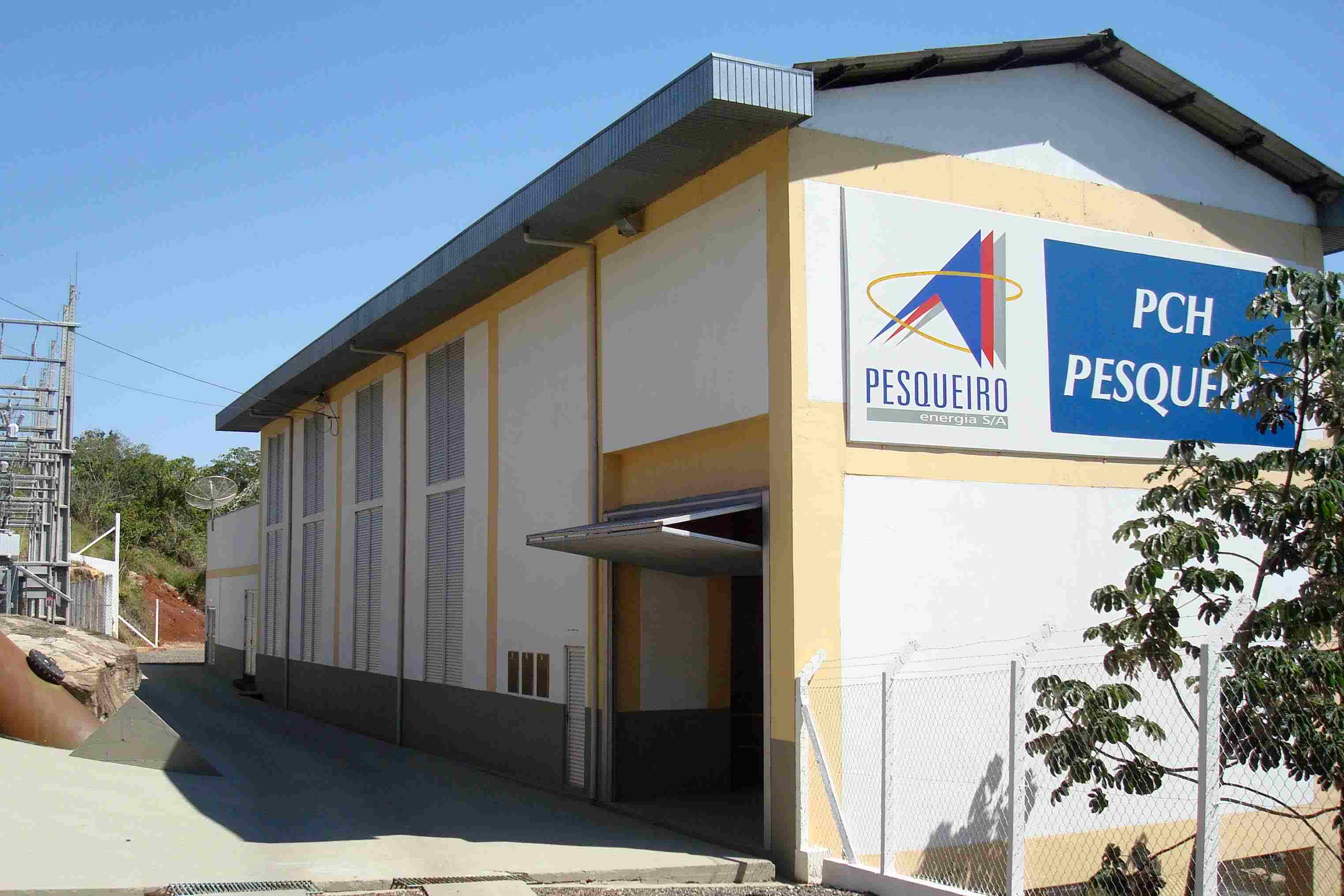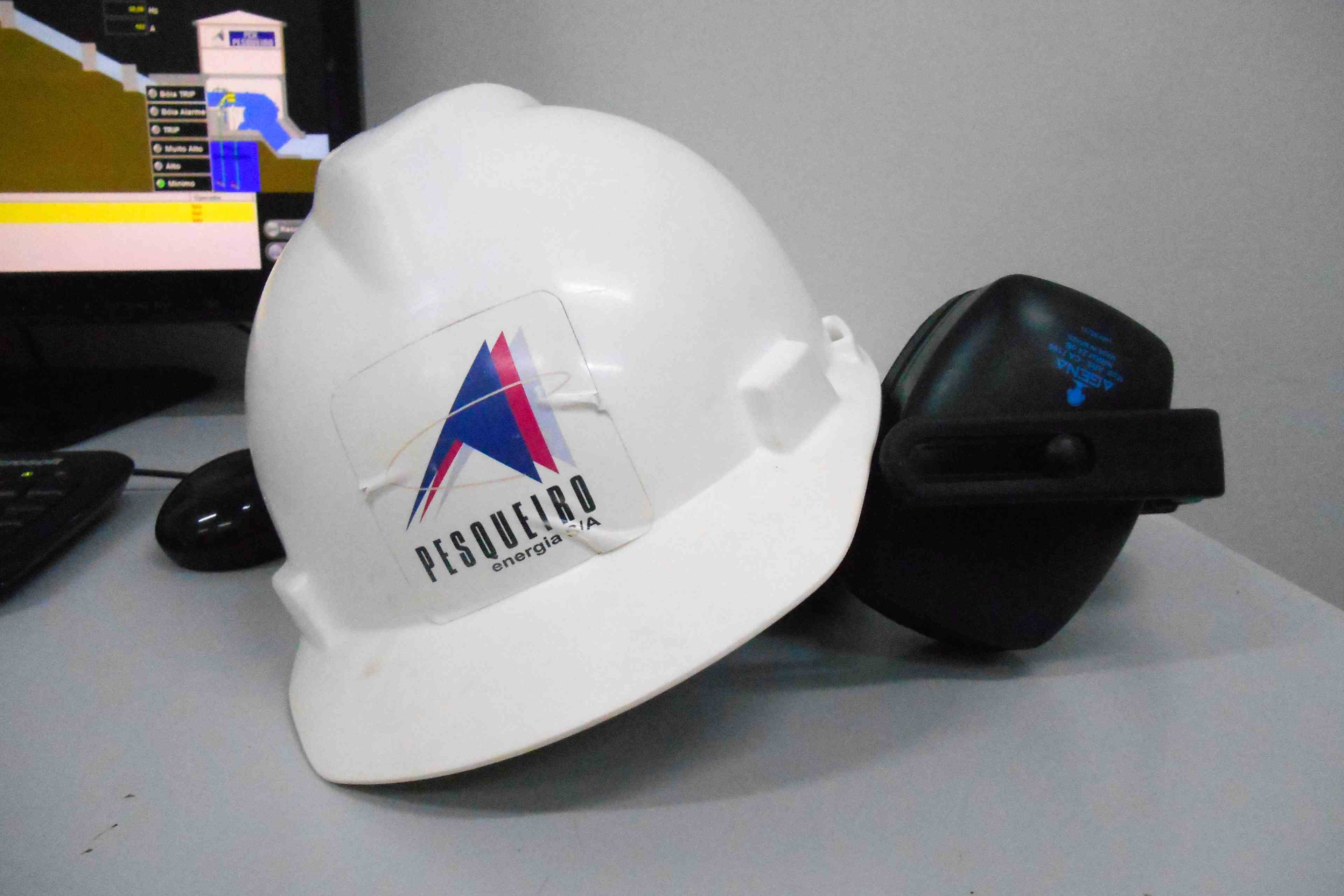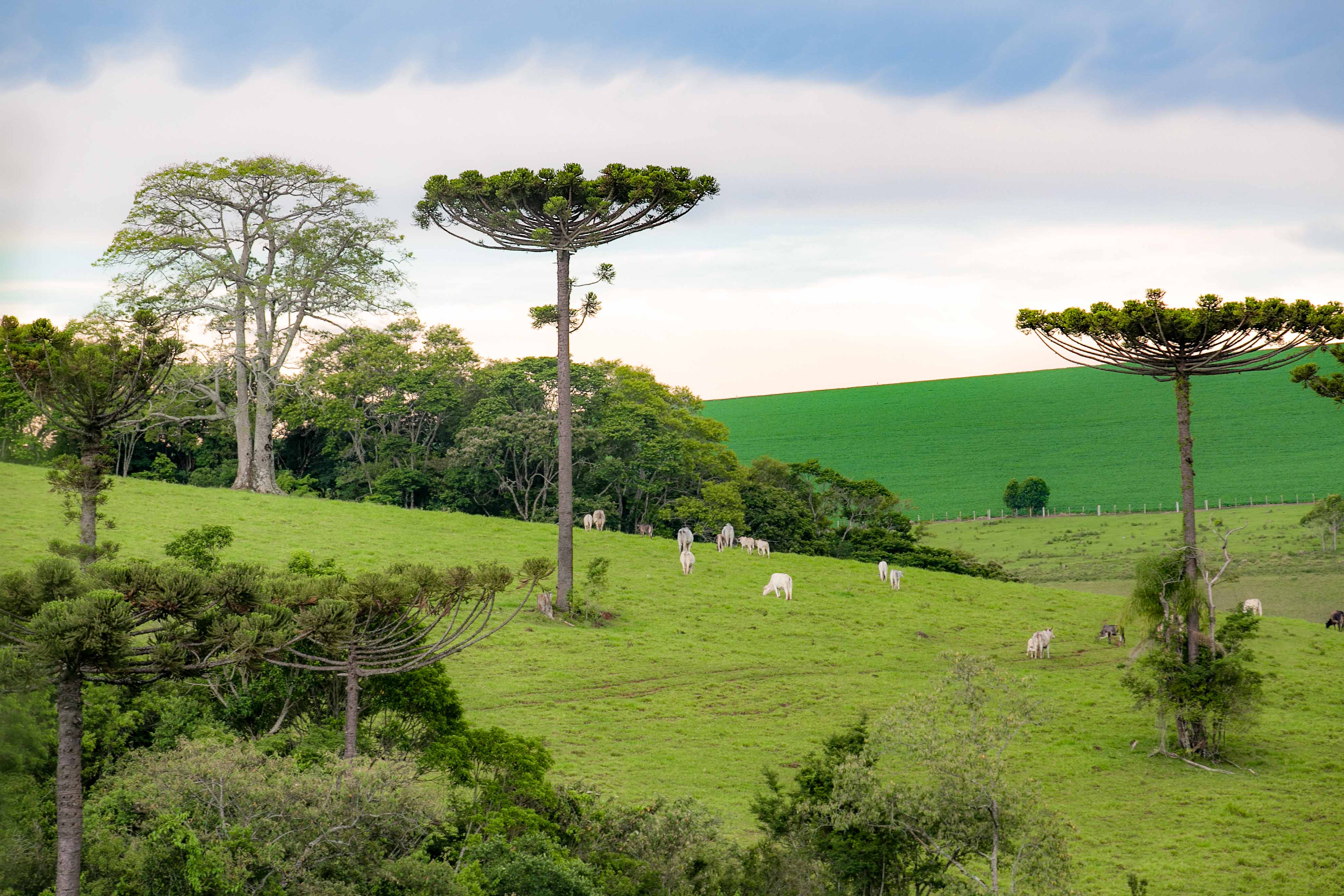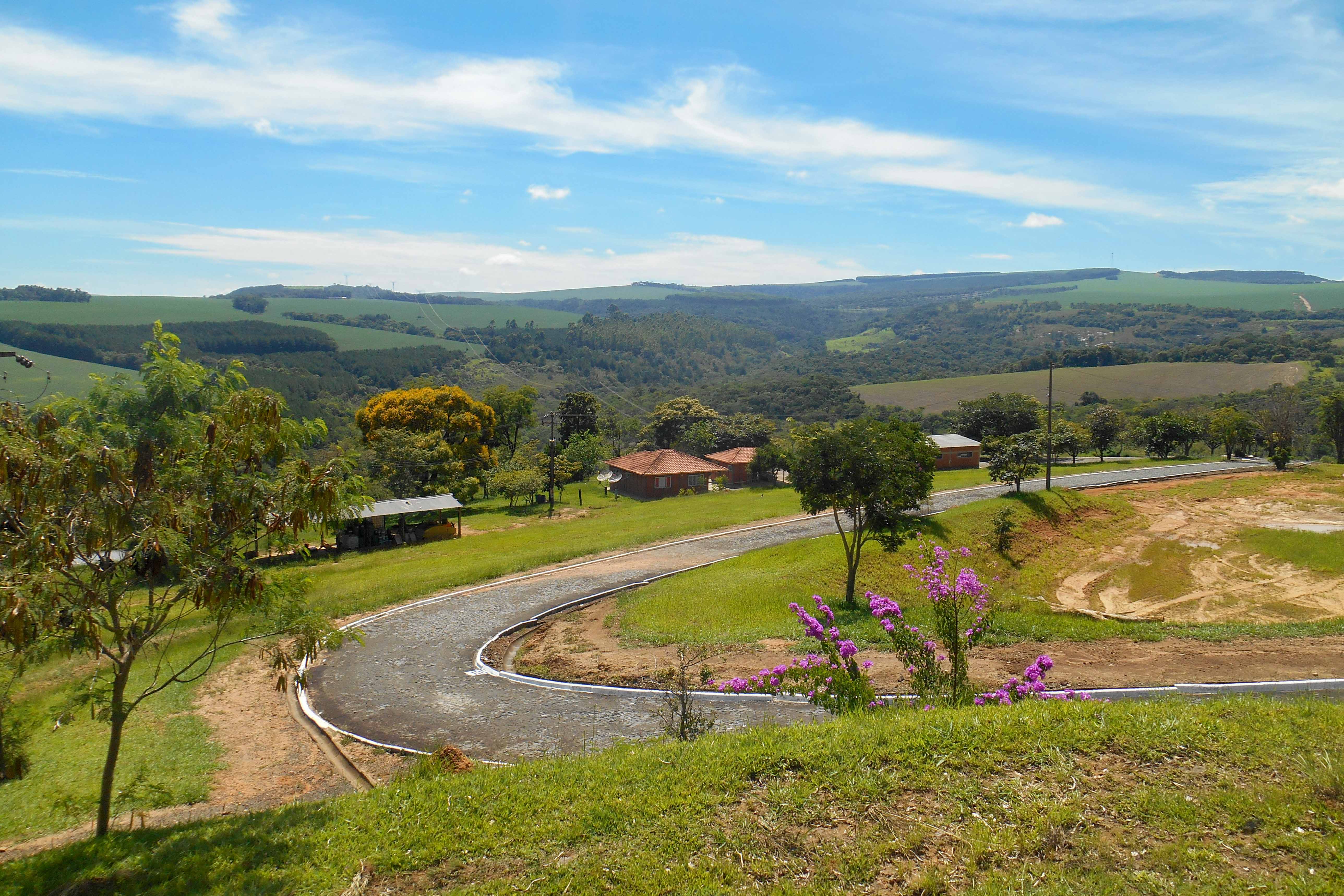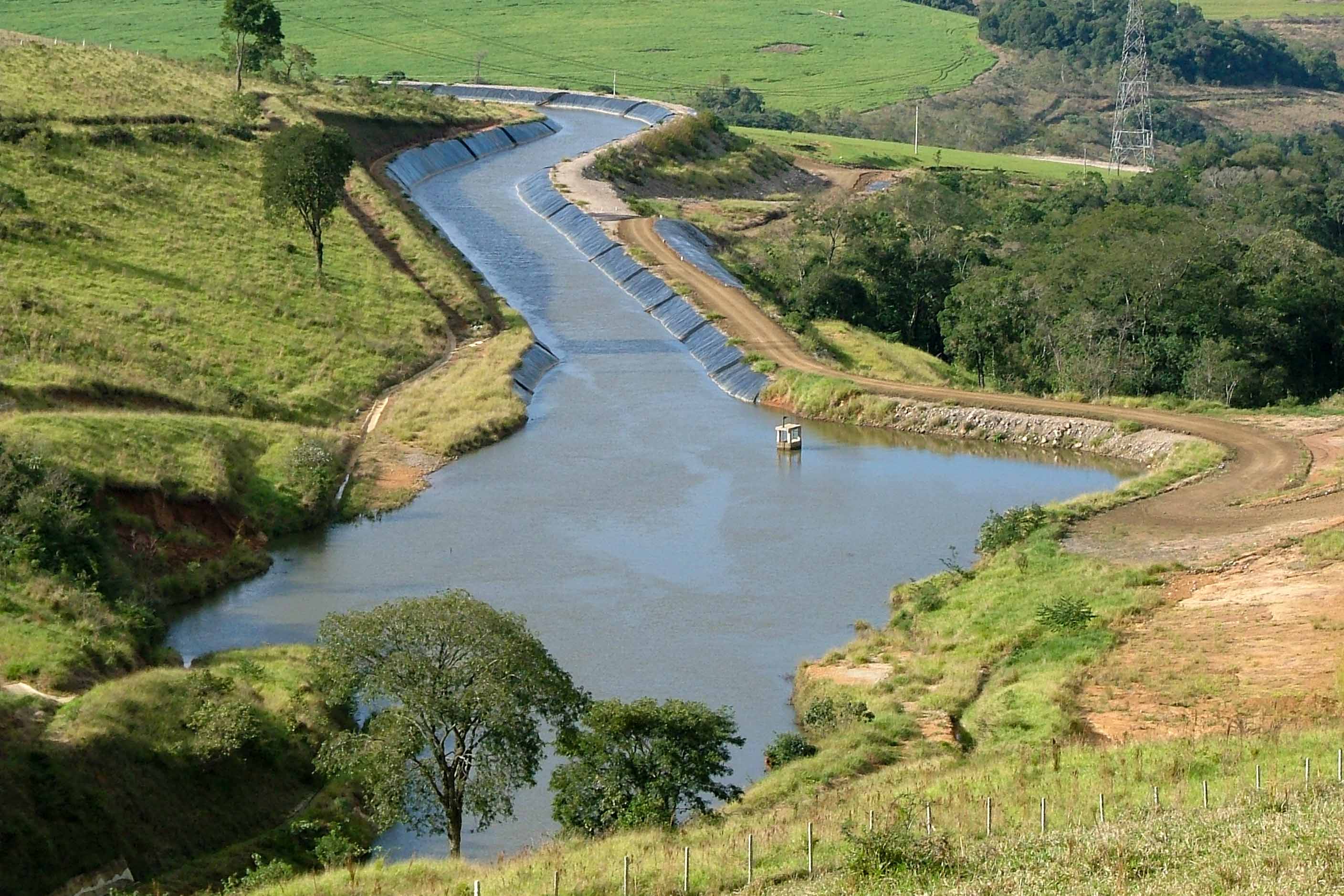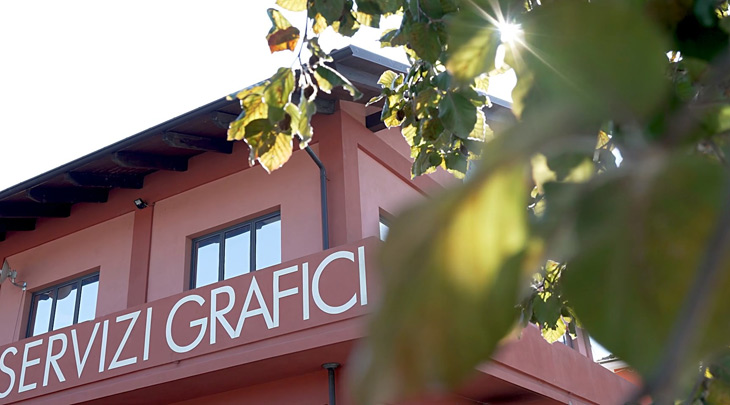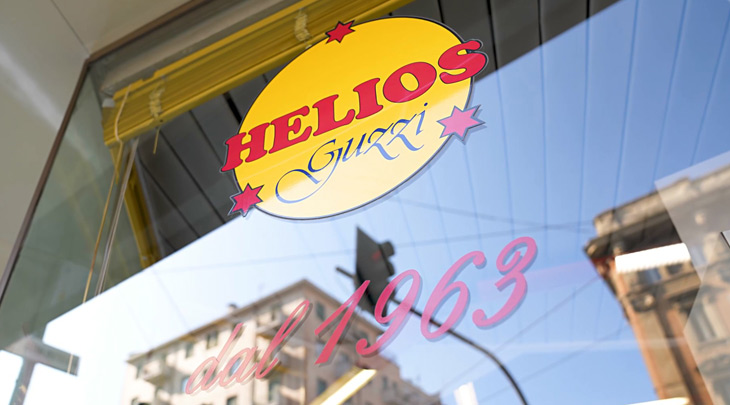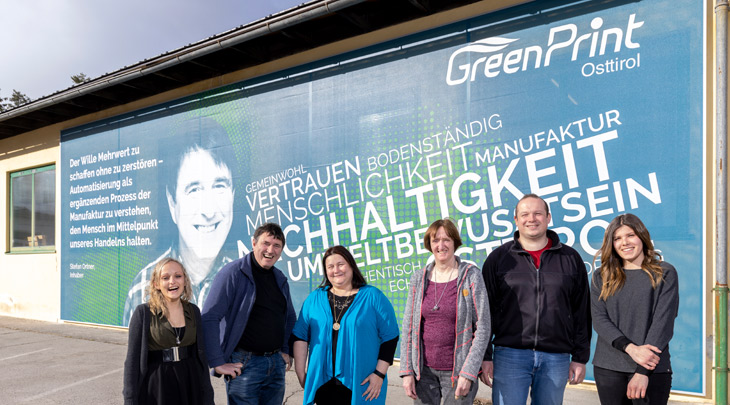There's a river in the south of Brazil called the Jaguariaíva River. Before it joins the Itararé River, which meanders through São Paulo, it runs through and fuels an area called the Cerrado state park, a lush tropical savannah covering large parts of the state of Paraná.
But that's not all, local farmers living along the Jaguariaíva River depend on its waters to keep their businesses afloat. Some sixteen years ago, these farmers took another step to secure their future. Organised in three agricultural cooperatives, they joined forces and built a power plant.
Although the area is rich in coal, they decided to go with hydropower, harnessing the power of the Jaguariaíva River, and created the Pesqueiro power plant.
Even though hydropower plants can be a strain on the environment, the farmers of the area have a vested interest in keeping natural destruction to a minimum. Therefore the power plant is minimally invasive into the local ecosystem, but simultaneously provides power for the farmers of the area. So where do we come in? For us, supporting this initiative is a vital part of one of our most important goals: to offer paper that is CO₂ compensated.

